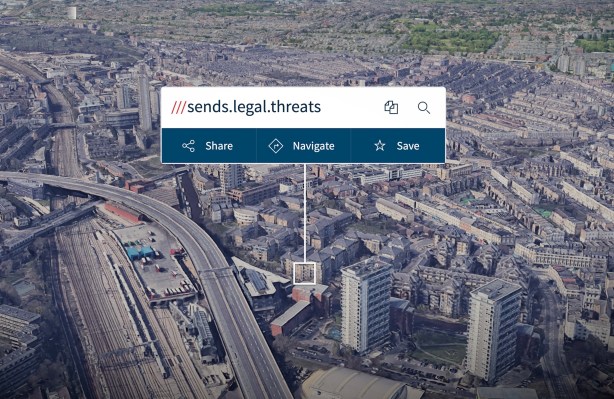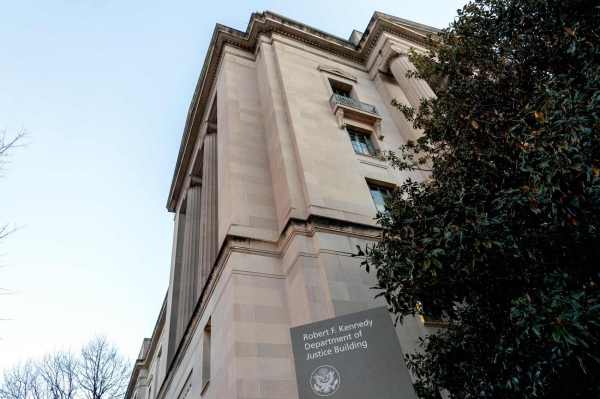Needle-free covid vaccines are (still) in the works
This article first appeared in The Checkup, MIT Technology Review’s weekly biotech newsletter. To receive it in your inbox every Thursday, and read articles like this first, sign up here.
Covid shots do an admirable job of boosting our immune response enough to protect against serious illness, but they don’t boost immunity in the one spot we’d like them to: our airways. That’s why researchers have been working on vaccines you breathe into your lungs or spray into your nose. The idea is that these vaccines will elicit an immune response in the mucous membranes of your respiratory tract that might help stave off infection or, if you do become infected, make you less likely to transmit the virus.
These “mucosal” covid vaccines aren’t available in the US or Europe, but they are in other parts of the world. When we last reported on efforts to develop a mucosal vaccine in 2022, two had been approved in China and India. Now five are in use in China, India, Iran, Indonesia, Morocco, and Russia. A couple dozen more candidates are in clinical trials. And many, many more are on the way.
This week I came across a paper from a team in China developing another inhalable vaccine. This vaccine differs from most others in at least one notable way: it is a powder, which means that it’s shelf stable and doesn’t need refrigeration. That would make it easier to transport and deliver, especially to places where refrigeration is difficult.
This candidate won’t be available anytime soon. It’s still in preclinical development, along with more than a hundred other similar vaccines. But now that we’re almost four years out from the start of the pandemic, it seems like a good time to take stock. When will the US get its first mucosal covid vaccine? What will it look like? And will it work as intended?
What is the timeline?
Only one mucosal vaccine—FluMist—has ever been approved in the US, and that happened two decades ago. But efforts to develop one for covid are moving quickly. So when might the US see its first mucosal covid vaccine? “Maybe never. But I think there’s increasing likelihood that it may happen before the end of 2024,” speculated Eric Topol, a cardiologist who has been following Covid research closely since 2020, in a recent newsletter.
The federal government is working to speed things along with an injection of cash through Project NextGen, a $5 billion effort to usher new and improved covid vaccines to market. In October, the Department of Health and Human Services announced that nearly $20 million would go to two companies developing mucosal vaccines—Codagenix and CastleVax. That money will help the companies gear up for studies to test how well their vaccines work to prevent symptomatic infections.
Codagenix’s candidate, a nasal vaccine called CoviLiv, is already part of a phase 3 global efficacy trial coordinated by the World Health Organization. And in October, the company reported results from a safety study in adults in the UK who had never been vaccinated for covid before. The nasal mist prompted robust immunity, at least as measured by markers in the blood. But evidence of an immune response in the blood doesn’t necessarily indicate an immune response in the mucosal lining of the airways. Or, as one physician puts it, “just like the ‘far, dark side of the Moon’, which is invisible from the earth, the mucosal response to pathogens is a far, dark side of immunity that is poorly or not visible from the peripheral blood and more complicated to probe than systemic immunity.”
What’s the best way to elicit mucosal immunity?
TBD. Different groups are trying a variety of strategies. The goal is to induce immunity in the airways that is robust, broad, and durable. But which strategy will succeed is a bit of a question mark at the moment. Mucosal vaccines fall into a few categories depending on how they’re administered and the platform they use. Some are sprays that are squirted into the nose (CovLiv, for example). Others are meant to be inhaled into the lungs (such as one developed by CanSinBIO in China).
Sometimes these two routes of administration get lumped together, but they actually are very different, says Mangalakumari Jeyanathan, a researcher at McMaster University and coauthor of an editorial that accompanies the new inhalable-vaccine paper. With a nasal vaccine, the contents go into the nasal cavity. But Jeyanathan thinks inhaled vaccines, which go deep into the lungs, are likely to work better. Her team’s research suggests that nasal vaccines induce immune responses only in the upper respiratory tract, not in the lower respiratory tract. That means, she says, that if the vaccine doesn’t prevent infection, the lungs are still vulnerable, and “we really need the immune responses to prevent any sort of serious damage to the lung.”
The vaccine outlined in the recent Nature paper is meant to be inhaled. It is a subunit vaccine, meaning it contains a portion of the pathogen. In this case, the subunit is actually a piece of cholera toxin that has been engineered to display a portion of SARS-CoV-2. These proteins are placed into microcapsules small enough to travel deep into the lungs.
I’ve been vaccinated, and I had covid. Don’t I already have good mucosal immunity?
Maybe. Studies show that people who have been infected and vaccinated do have better mucosal immunity than people who have been vaccinated but not infected. But Jeyanathan says her group has also seen quite a few people who have been infected and don’t have much mucosal immunity in their lungs. When they wash the lungs with saline to collect samples from the lower respiratory tract, they don’t find detectable T-cell responses. “It’s really sort of very strange,” she says.
But it’s not just about whether you’ve got mucosal immunity. It also matters how broad that immunity is. One of the most problematic things about SARS-CoV-2 is that it’s constantly evolving. Each month seems to bring a new variant. The changes mainly affect the spike protein, the target of all current vaccines. But some groups are working to variant-proof their mucosal vaccines. Jeyanathan’s group is putting in parts of the interior of the covid virus, which aren’t apt to change as quickly as the portion that binds to cells. “So that way, we don’t need to do this variant-chasing approach,” she says.
What will it take to show that a mucosal vaccine works?
Regulators are still trying to work out how to measure success. In some cases, companies can demonstrate vaccine effectiveness through surrogate markers such as antibody levels. That’s how the latest boosters were approved. But with mucosal vaccines, it’s not clear what surrogate marker would be most useful. Antibody levels in the nose or mouth? Or the abundance of certain immune cells?
In an editorial published a year ago, Peter Marks from the FDA and colleagues argued that vaccines that differ substantially from those already approved might need to be tested in large, randomized clinical trials. What we really want to see is that these next-generation vaccines outperform existing vaccines and curb transmission. That data isn’t in yet, and it could take years before we know whether mucosal vaccines actually do what we hope they will: stop the virus from spreading.
Another thing
Vertex, maker of the recently approved CRISPR sickle-cell therapy, has agreed to pay tens of millions of dollars to avoid any patent infringement lawsuits. Antonio Regalado has the story.
Read more from MIT Technology Review’s archive
When the first two mucosal vaccines were approved in 2022, we published an explainer by Jessica Hamelzou.
Wouldn’t it be wonderful if we had a vaccine that worked against all coronaviruses? One team’s mosaic nanoparticle may be the key to success, reports Adam Piore.
From around the web
The first gene therapies for sickle-cell disease have arrived, but patients in the countries with the greatest burden of the disease won’t be able to access them. (NYT)
CAR-T, a cell therapy developed to treat cancer, has seemingly eliminated autoimmune disease in 15 patients (Nature)
The US Supreme Court plans to review a case that could affect access to the abortion medication mifepristone. (Washington Post)
A single hormone seems to be to blame for morning sickness, a discovery that may lead to better treatments. (NYT)
Vertex has been in the headlines for its newly approved sickle-cell therapy, but the company is also closing in on a non-opioid painkiller. Here’s a fascinating deep dive into the backstory. (Stat)



